In the highlands of Guatemala, death is not cloaked in black but painted in vibrant hues. The cemeteries of Santiago Sacatepéquez and other Mayan towns are a riot of color, where tombs resemble miniature houses adorned with rainbows, flowers, and intricate patterns. This tradition, far from being morbid, celebrates life and honors the departed with a visual feast that defies Western notions of mourning. To understand why Guatemalans dress death in rainbows, one must delve into the fusion of indigenous beliefs, colonial influences, and a cultural defiance against sorrow.
The roots of this tradition stretch back centuries, intertwining Mayan cosmology with Catholicism. For the Maya, death was a transition, not an end. The Popol Vuh, the sacred K'iche' text, speaks of cyclical rebirth, where ancestors remain connected to the living. When Spanish colonizers introduced All Saints' Day (Día de los Muertos), the Maya blended it with their existing rituals. The result was a unique syncretism—where Catholic saints coexisted with Mayan reverence for the dead. The colorful tombs, or "bóvedas," mirror this duality: their structures mimic chapels, yet their decorations echo the Mayan world tree, symbolizing the connection between earth, sky, and the underworld.
Walk through Santiago’s cemetery in late October, and the air thrums with energy. Families gather to clean and repaint tombs, often spending weeks on elaborate designs. Neon pinks, electric blues, and sunflower yellows clash and harmonize under the Guatemalan sun. Marigold petals carpet the ground, their scent mingling with incense and the smoky sweetness of fiambre, a traditional dish prepared only for the dead. Here, death is a communal affair. Children play among the graves while elders share stories of those who’ve passed. The cemetery becomes a stage for memory, where grief is tempered by celebration.
Color carries profound symbolism. For the Maya, each hue corresponds to a cardinal direction and cosmic force. Red signifies the rising sun and the blood of life; green embodies nature’s abundance; purple, reserved for nobility in pre-Columbian times, now honors the deceased’s dignity. Even the choice of motifs—geometric shapes, animals, or saints—reflects the departed’s personality. A tomb might feature a rooster for a early riser or a jaguar for someone with quiet strength. This personalization transforms graves from markers of loss into testaments of identity.
The tradition also serves as resistance. During Guatemala’s civil war (1960–1996), indigenous communities faced brutal repression. Their cemeteries became sanctuaries of cultural preservation. Painting tombs in defiant colors was an act of resilience, a refusal to let violence erase their heritage. Today, the practice continues as both homage and protest—a declaration that Mayan traditions endure despite centuries of marginalization. As artist Luis González Palma notes, "In Guatemala, even our dead are political."
Tourists often mistake the vibrancy for festivity, but locals clarify: this is reverence, not revelry. The colors guide spirits back during Día de los Muertos, ensuring they don’t lose their way. Families leave offerings of tamales, chocolate, and the departed’s favorite drinks, believing the essence is consumed by the soul. The cemetery’s brilliance contrasts sharply with the muted tones of Western graveyards, challenging the notion that mourning must be somber. As one villager put it, "Why weep in darkness when our loved ones lived in light?"
Modern pressures threaten the tradition. Younger generations migrate to cities, and prefabricated tombs gain popularity. Yet NGOs like Fundación Paiz sponsor workshops to teach traditional painting techniques, ensuring the craft survives. Photographers and documentarians have also spotlighted the cemeteries, drawing global attention to their cultural significance. In 2018, Google Arts & Culture featured the site, dubbing it "the most colorful graveyard on Earth."
To stand among these tombs is to witness a philosophy in pigment. Guatemalans don’t deny death’s sting; they disarm it with beauty. The rainbow graves remind us that mourning can be luminous, that remembrance need not be bleak. In a world often afraid to speak of death, Santiago’s cemetery shouts—in scarlet, turquoise, and gold—that those who are gone are still here, still cherished, still part of the story.
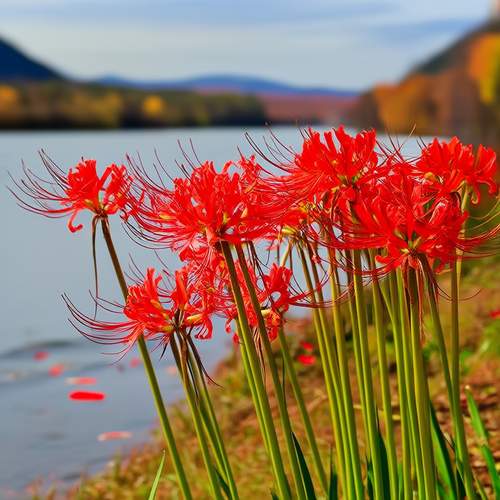
By /May 21, 2025
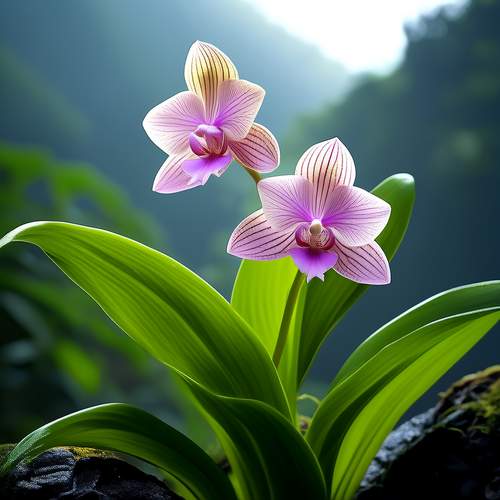
By /May 21, 2025
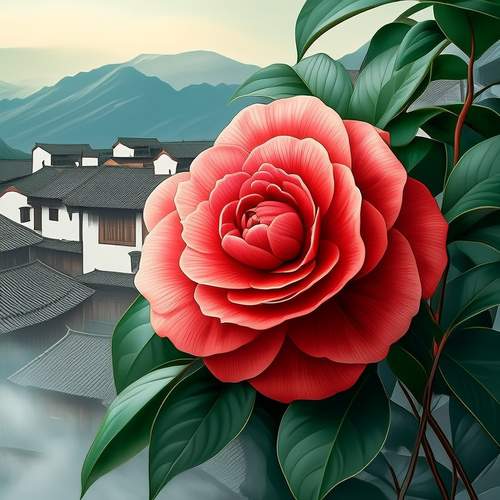
By /May 21, 2025

By Benjamin Evans/May 20, 2025
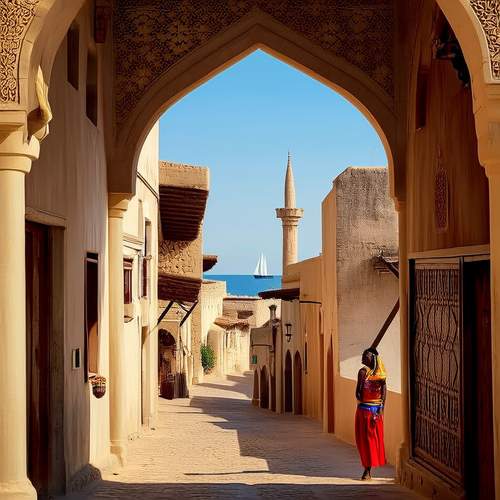
By /May 11, 2025

By /May 11, 2025
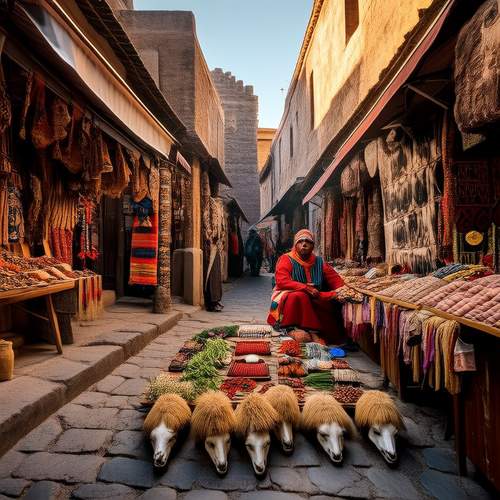
By /May 11, 2025

By /May 11, 2025
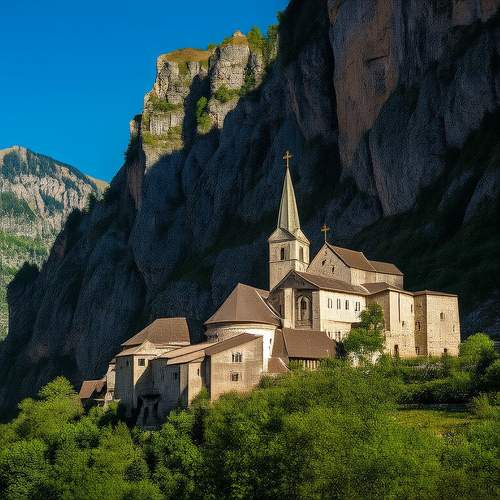
By /May 11, 2025

By /May 11, 2025
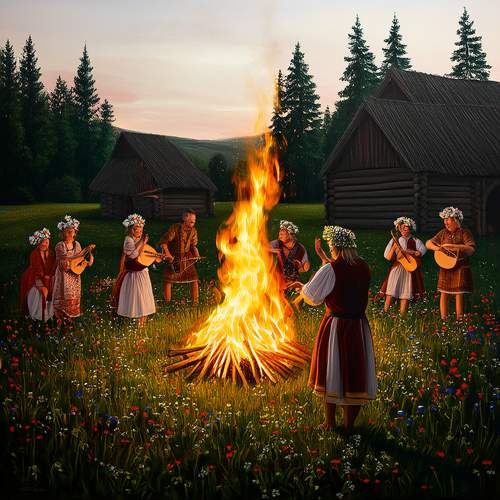
By /May 11, 2025
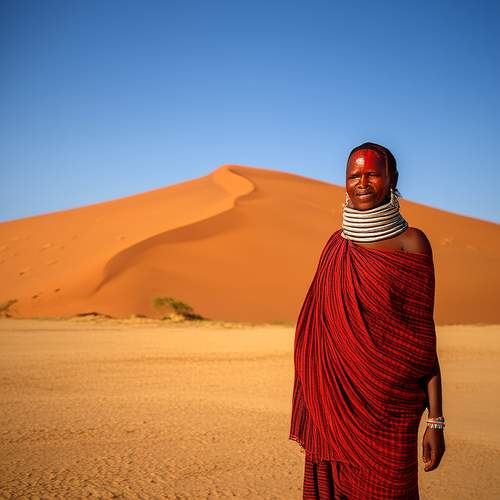
By /May 11, 2025
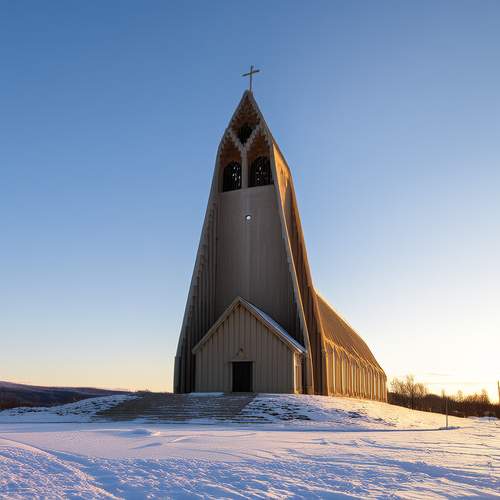
By /May 11, 2025
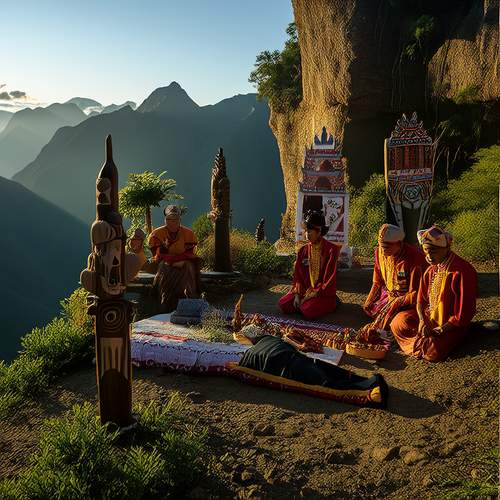
By /May 11, 2025

By /May 11, 2025
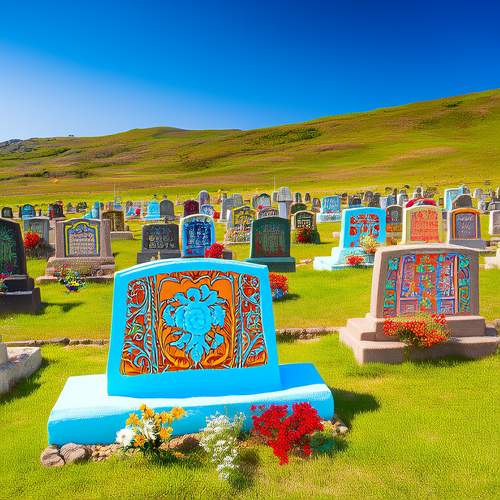
By /May 11, 2025
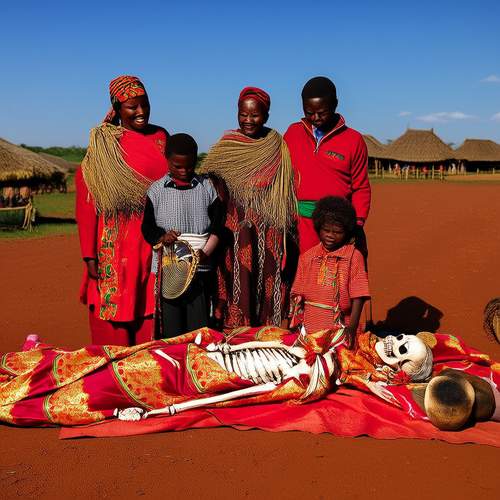
By /May 11, 2025

By /May 11, 2025
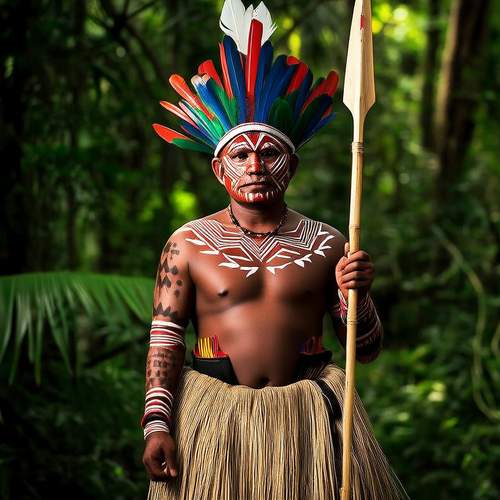
By /May 11, 2025
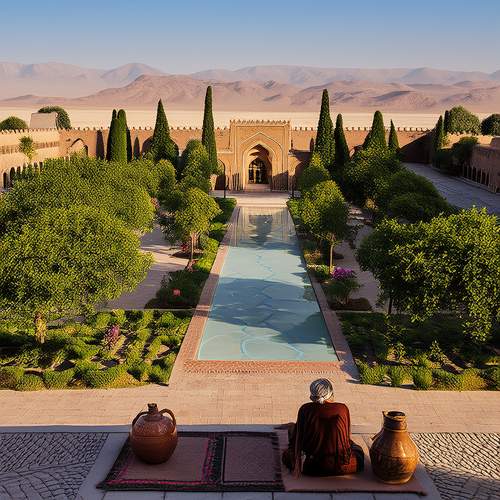
By /May 11, 2025